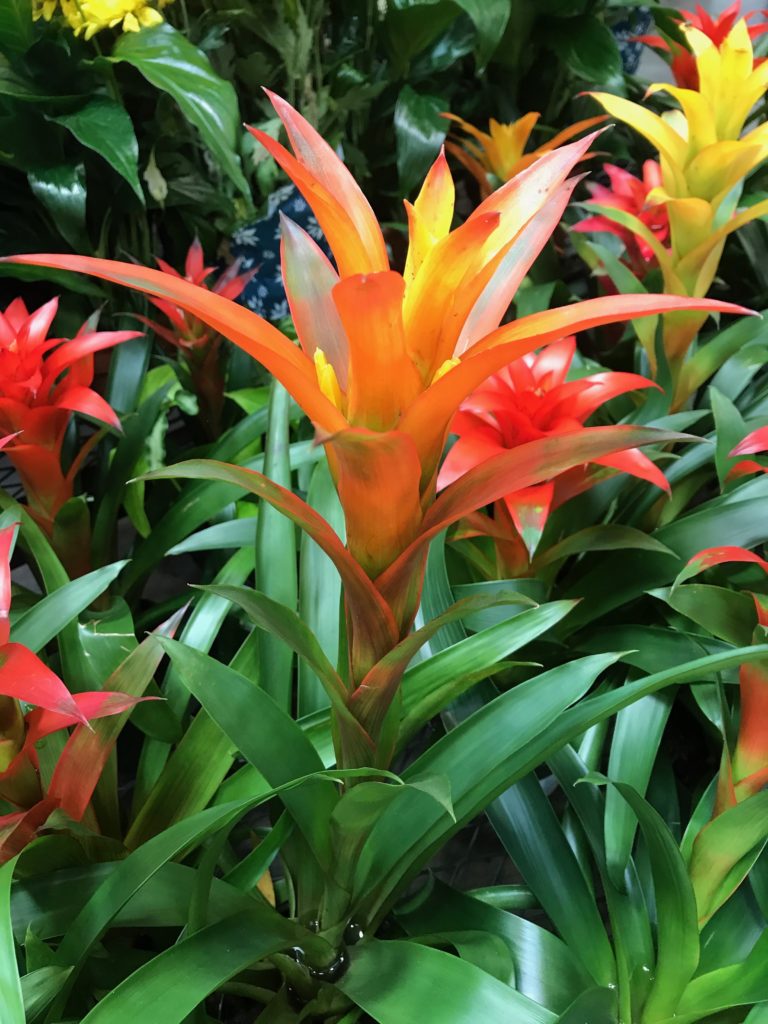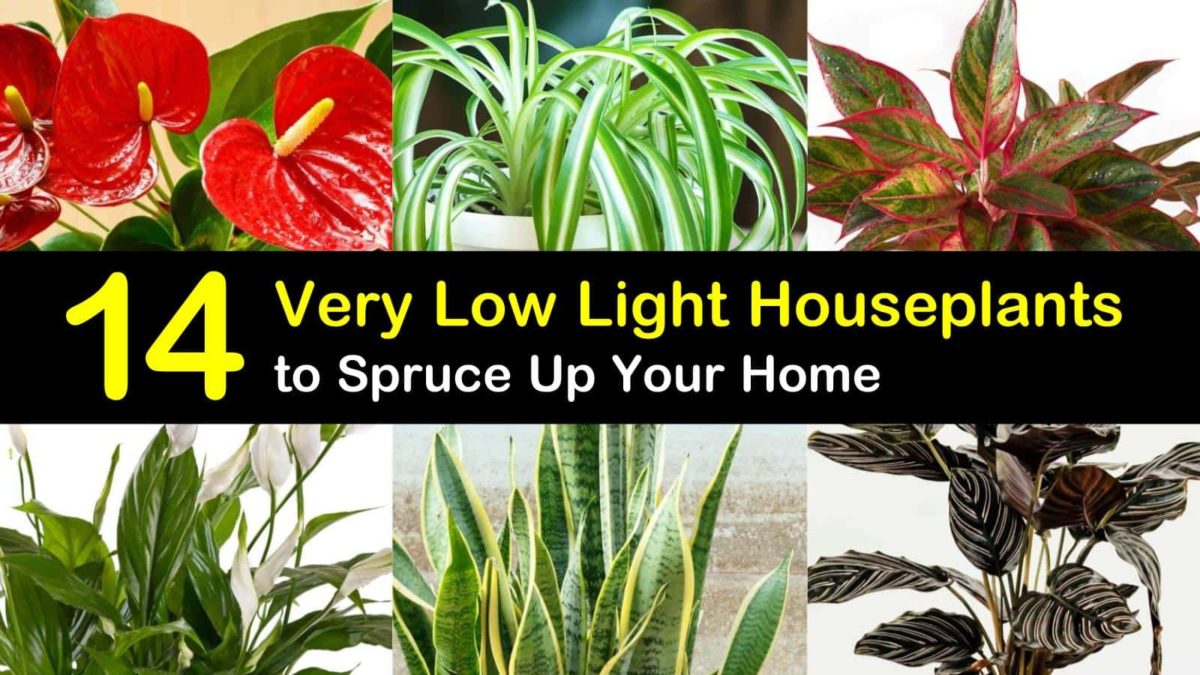Table Of Content

Sansevieria are good low light plants, they will do great in just about any area of your home, and they thrive on neglect. Prayer plants will even get tiny flowers on them when they’re happy, which makes them even better in my opinion. Stick it in a corner and keep the soil on the dry side, and your cast iron will live for years with very little care. But, back in the real world, nobody has that much sunlight in their home, and many rooms get no natural light at all. Native to Mexico and Guatemala, this palm is one of the most widely available around the globe.

800-Flowers Snake Plant
A compact plant that grows about 6 inches in height, nerve plant makes a nice counterpoint to taller plants in a collection. This one’s a bit picky and requires lots of humidity, so keep a spray bottle handy. Water nerve plant every 3 to 4 days, and fertilize weekly during the growing season. Peperomia is highly decorative, small, and super low maintenance.
Most Colorful Houseplants to Brighten Your Space
You also can train English ivy into a variety of topiary shapes. English ivy can be bothered by spider mites, so mist the plants often to prevent these pests from gaining a foothold. When it comes to colorful leaves, few houseplants offer as many options as Dieffenbachia. These gorgeous tropical plants feature a wide range of speckled or splotched leaves in either yellow and green or white and green. Although they grow well in dark rooms, they prefer some bright, indirect light to keep them from getting too leggy. Spider plants, much like Pothos, are appreciated for their ability to withstand low light conditions, super easy propagation and suitability for hanging planters.
English Ivy (Hedera helix)
The Best Low-Maintenance Houseplants to Invest in in 2024 - House Beautiful
The Best Low-Maintenance Houseplants to Invest in in 2024.
Posted: Wed, 20 Mar 2024 07:00:00 GMT [source]
Adorn your space with a stunning string of pearls, named for the plump bead-like leaves that run along each trailing stem! These adorable plants can live for over 100 years and are fully aquatic, making them the perfect addition to your flower vase or fish tank. Change the water every two weeks, using room-temperature tap water.
The Sill Philodendron Green
This tropical cactus grows on rocks and trees in nature but can also thrive indoors with indirect, filtered light conditions and well-draining, acidic soil. Rhipsalis is also known as mistletoe or coral cactus because of its long, thin, draping stems with textured growth. Sedum morganianum, also known as the donkey tail or burro's tail, is a succulent plant known for its long, trailing stems with triangular-shaped, rounded, blue-green leaves. Resembling the bushy tail of a donkey, this resilient houseplant prefers bright, direct light and dry soil. Also known as goosefoot, the arrowhead plant is closely related to the widely known philodendron.
Broadleaf Lady Palm
20 Large Indoor Plants That Make Your Home an Oasis - House Beautiful
20 Large Indoor Plants That Make Your Home an Oasis.
Posted: Wed, 27 Mar 2024 07:00:00 GMT [source]
The jewel-like leaves and flowers of low-light indoor plant begonia will turn any dark room into a festival of color. Growing only a few inches tall, rex begonias can also be used in terrariums or dish gardens. Rex begonias do best in soil that's always kept slightly moist. Looking for a low-light indoor plant that tolerates dark corners and neglect? This African native will do fine even if it only gets fluorescent light in an office or shop.
Swedish Ivy
Low-maintenance and easy to grow, it has a high tolerance for very bright as well as very dim light, being rootbound in a small pot, and dry potting medium. Thick, sword-like, upright leaves that reach one to four feet tall characterize the slow-growing snake plant, aka mother-in-law’s tongue. The foliage may be green or green variegated with white or yellow. In low-light conditions, variegation may be less pronounced and leaves may shade to all green. They thrive in an organically-rich potting medium that is kept evenly moist and drains well.

It might start leaning toward the light, though, so rotate the plant from time to time to straighten it up. ZZ plant is poisonous, so keep it away from nibbling pets and kids. Ferns are familiar forest floor inhabitants, but several fern varieties, including the rabbit’s foot fern and the Boston fern, have made the move to the home. Like their natural-setting counterparts, they thrive in low-light conditions.
Maidenhair Fern (Adiantum raddianum)
The spider plant has slender, arching blades that create a sunburst display in hanging baskets and on plant stands. It’s as beneficial as it is beautiful, improving indoor air quality by filtering out contaminants such as benzene, formaldehyde, carbon monoxide, and xylene. These rainforest denizens prefer humidity, so give them a weekly misting if the house is especially dry. Note that in extremely low-light conditions, spider plant leaves may yellow, appear washed out, or lose their variegation. English ivy thrives in low to medium light and will grow long vines when perched atop a bookshelf or hanging.
Unlike other pothos varieties, the neon pothos won’t tolerate any direct sunlight, says Breanna Sherlock, the in-house plant expert for the Planta App. “They add a pop of color to any plant display, and their neon green leaves often show spots of dark green variegation. Named for its toxic effect when ingested, so keep out of reach of pets and children. With its stiff, feathery leaves and rugged-looking trunk, this ancient tropical plant adds textural interest to almost any setting. The sago palm only puts out one frond (the leaf-like part of a palm) each year and likes being pot-bound, so it’s an excellent choice for your home, office or classroom.
It also prefers to be a bit root bound, so you likely won’t need to repot it. Low-light indoor plants are the way to go when selecting greenery for your home if it lacks sunlight streaming in through large windows. All plants need some light to grow, but a wide variety of vines, ferns, and foliage plants will do just fine in the dimmer areas of a room. So brighten up that not-so-sunny spot in your living room or office with these beautiful houseplants that thrive even where they don't get a lot of light.
Grape ivy grows vigorously in moist, porous, organically-rich soil. Allow pots to dry out completely before watering in low-light conditions. An occasional misting will help to maintain adequate humidity. Best in bright indirect light, the fiddle-leaf fig can also tolerate low light conditions. Topping out at two to three feet, the elongated green leaves of the cast-iron plant add a lush, tropical ambiance to even the darkest corners of your home. In fact, direct sunlight is likely to burn its leaves to a crisp.
Among the easiest houseplants to grow, pothos is also long-lived. It will forgive you if you forget to water it for weeks, and it’s OK if you place it in a low-light nook. In fact, it’s often touted as one of the best houseplants for low light. Also called devil’s ivy because it’s so hard to kill, pothos have heart-shaped leaves that may be chartreuse, deep green, or variegated. Its vines can grow quite long, but trim it up for a more full appearance.

No comments:
Post a Comment